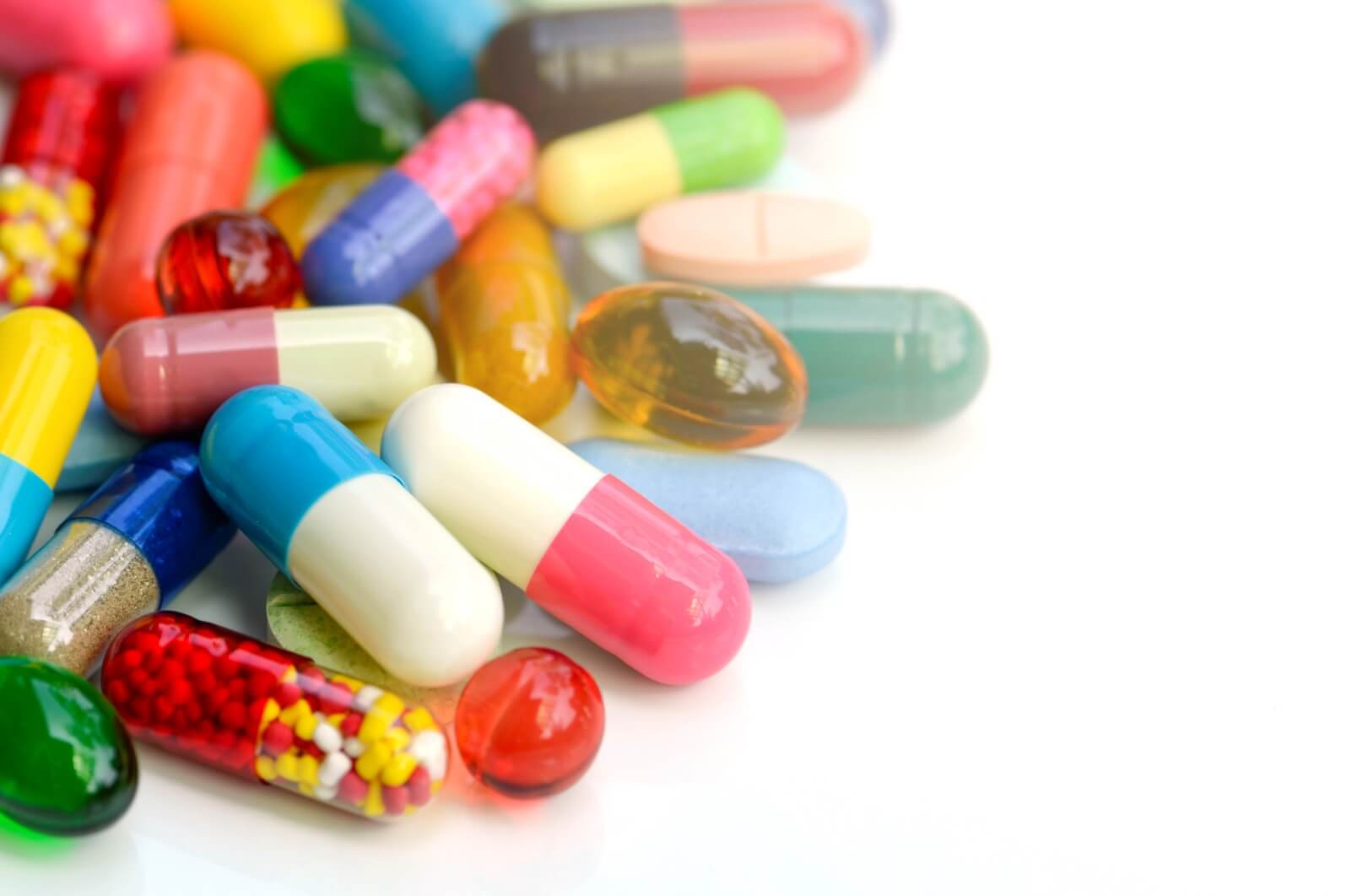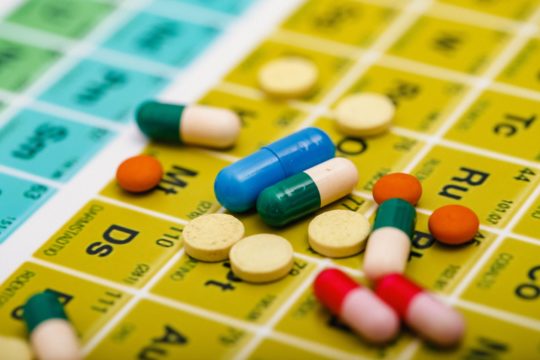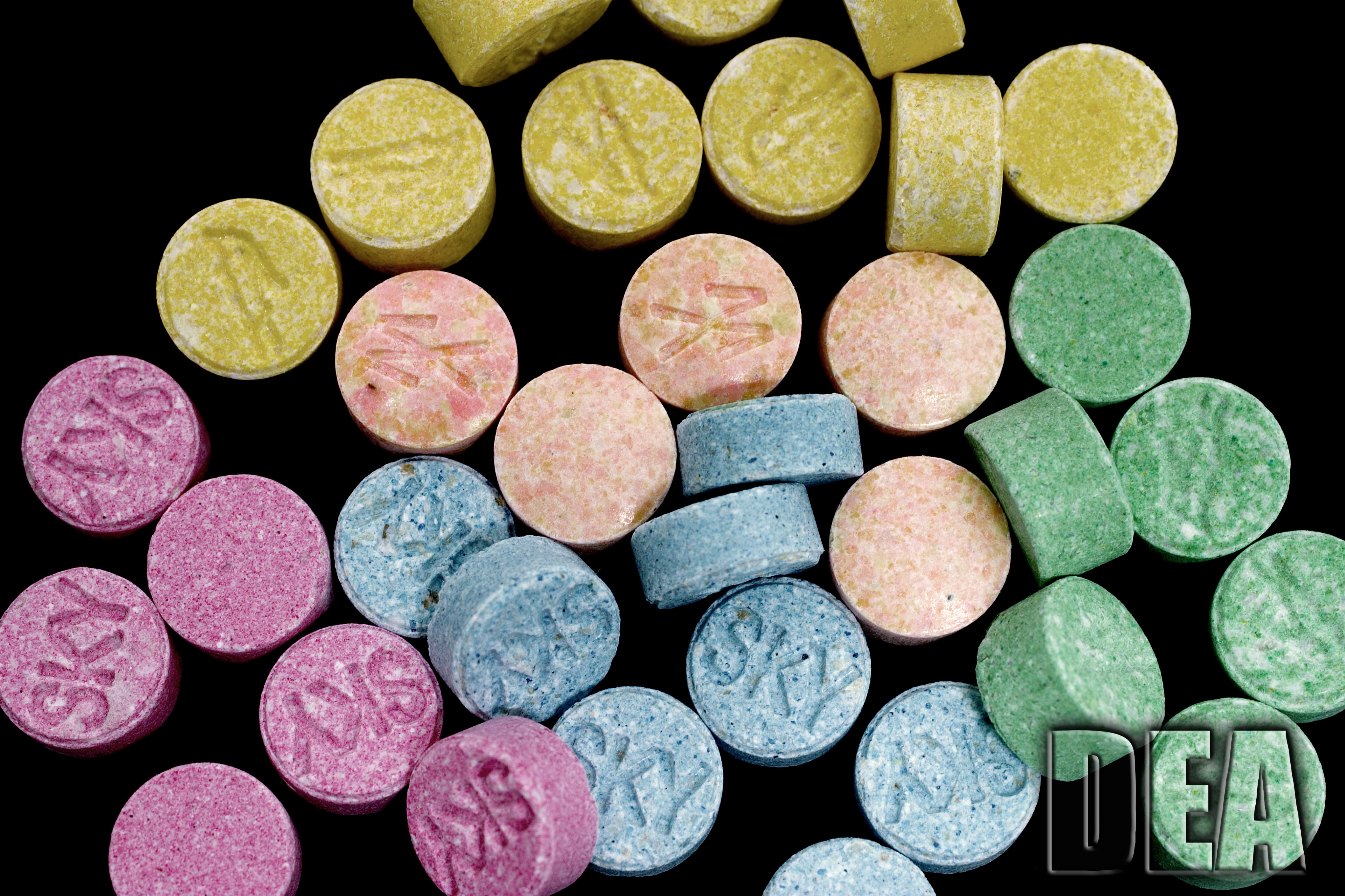Categories of Drugs
Drugs and Physical Health
Drugs and Mental Health
Mixing Drugs
Prescription Medications
Drink & Drug Driving
RESOURCE HUB:
Categories of Drugs

Categories of Drugs
Overview
There are no safe drugs. If you are using illicit drugs or drugs that were not prescribed to you for medical purposes, you are dealing with the unknown. You can’t be sure of what chemicals or other materials they contain or how they will affect you. Drugs are chemicals that affect the way your body works. Once taken the drug passes from your body into your brain. Once inside your brain, drugs can change the messages your brain cells are sending to each other, and to the rest of your body. They do this by interfering with your brain’s own chemical signals.
There are four main categories of drugs:

Stimulants

Depressants
Depressants are substances that depress the activity of the central nervous system. Depressants are often referred to as “downers” because of their sedative, hypnotic and tranquilizing effects. There are both legal and illegal depressants. Alcohol is the most common legal depressant. Other depressants that are legal are often prescribed medications used to induce sleep, relieve stress, and subdue anxiety. These prescriptions are often abused as well, such as the case with Rohypnol. GHB is an illegal depressant often used in drug-facilitated sexual assaults because of its sedative properties.

Opiates
An Opiate is a chemical substance that has a morphine-like action in the body. The main use is for pain relief. These agents work by binding to Opioid receptors, which are found principally in the central nervous system. Although the term Opiate is often used as a synonym for Opioid, it is more properly limited to the natural Opium Alkaloids and the semi-synthetics derived from them. Opiates have long been used to treat acute pain (such as post-operative pain). They have also been found to be invaluable in palliative care to alleviate the severe, chronic, disabling pain of terminal conditions such as cancer.

Hallucinogens
Hallucinogens are drugs that cause hallucinations. A hallucination is a sensory experience of something that does not exist outside the mind. It may involve hearing, seeing, smelling, tasting or feeling something that isn’t really there. Or, it may involve distorted sensory perceptions, so that things look, sound, smell, taste, or feel differently from the way they are. Hallucinogenic drugs usually produce so-called pseudo-hallucinations. This means that the user typically knows that what he or she is seeing, hearing, smelling, etc. is not real, but is a product of the drug., sometimes the hallucinations can be very frightening to the user.

